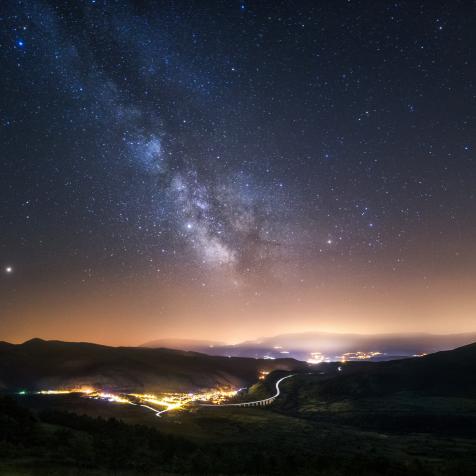
Jonathan Knowles
Rise of the Zombie Fire: Wildfires that Refuse to Die
Holdover or 'zombie' fires are wildfires that lay dormant beneath the soil and undergrowth, through wet and cold winters. They smolder and retain their heat until warmer temperatures and dry conditions reignite the flames.
Tackling this phenomenon is a real problem for firefighters, especially in areas like the North American boreal forests of Alaska and Canada, but the problem is bigger than that.
The Undead Burnings
following record wildfires in Siberia in 2019, zombie fires buried in the peat-rich soil of the Arctic Circle are causing the most concern right now. As warmer weather further thaws the frozen ground layer and dryer vegetation burns, it releases carbon trapped in the earth, triggering a climate change feedback loop where increased heating and thawing releases millions of tons of greenhouse gases like carbon dioxide or methane.
Authorities worry that zombie fires are becoming more frequent in the once permanently frozen tundra regions. Permafrost is a layer of ground that is continuously frozen for two years or more, and while fires in the tundra are not unknown, they are not normally seen above the Arctic Circle. Vegetation that does not typically burn, such as dwarf shrubs, moss, grass, and surface peat, are now providing fuel for fires in terrain that was thought to be fire resistant.
Mega Emisions

Paul Souders
Researchers estimate that between January and August 2020 there were 270 million tons (244 megatonnes) of carbon dioxide emitted by Arctic fires. This is one third more than the 200 million ton record set in 2019. Grigory Kuksin, head of the Russian wildfire unit at Greenpeace, calls the fires and their impact a “climate bomb”.
Satellite imagery and data from the Copernicus Atmosphere Monitoring Service (CAMS) provides scientists with daily estimates of wildfire and burning biomass emissions. Copernicus uses Europe's Sentinel satellite network and NASA's Terra and Landsat satellites to identify forest fires, burn areas, and underground hotspots that could reignite. By pinpointing the remote areas where fires have reignited, CAMS scientists are showing where holdover fires persist over the long Arctic winter.
A Fire By Any Other Name
Like the deadly, relentless undead creatures they are named after, zombie fires present a major headache for authorities and firefighters. In the US, fires are regularly recorded burning after overwintering, from Alaska in the far north to states that frequently suffer wildfire outbreaks like Colorado. One underground fire in the Stanislaus Forest near Yosemite burned for more than five years and may have been a holdover from the Rim Fire in 2013.
Online maps show active and recent US wildfire activity. NASA's Fire Information for Resource Management System is a near real-time map of fires across the planet. Satellites routinely provide the big picture and are a vital tool in predicting where overwintering fires could re-emerge. Drone and aircraft-mounted video as well as thermal and infrared cameras add another layer of early detection systems.
Right now, zombie fires currently account for less than one percent of burned areas in Alaska. There is no question that deep burning caused by previous intense wildfires can increase their risk. By monitoring the edges of fire perimeters from blazes in the preceding year, firefighters can act quickly to extinguish any flare-ups.


















